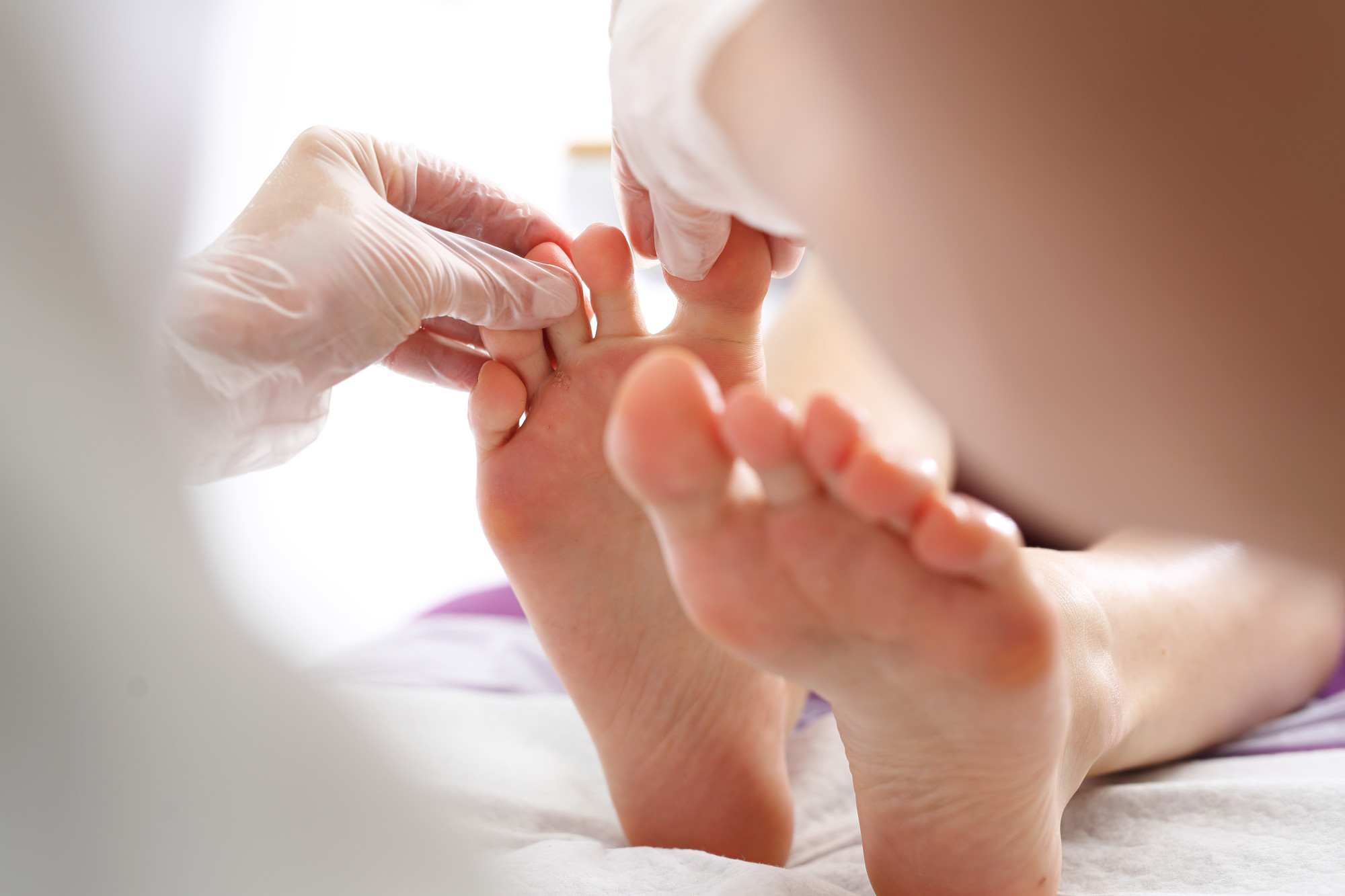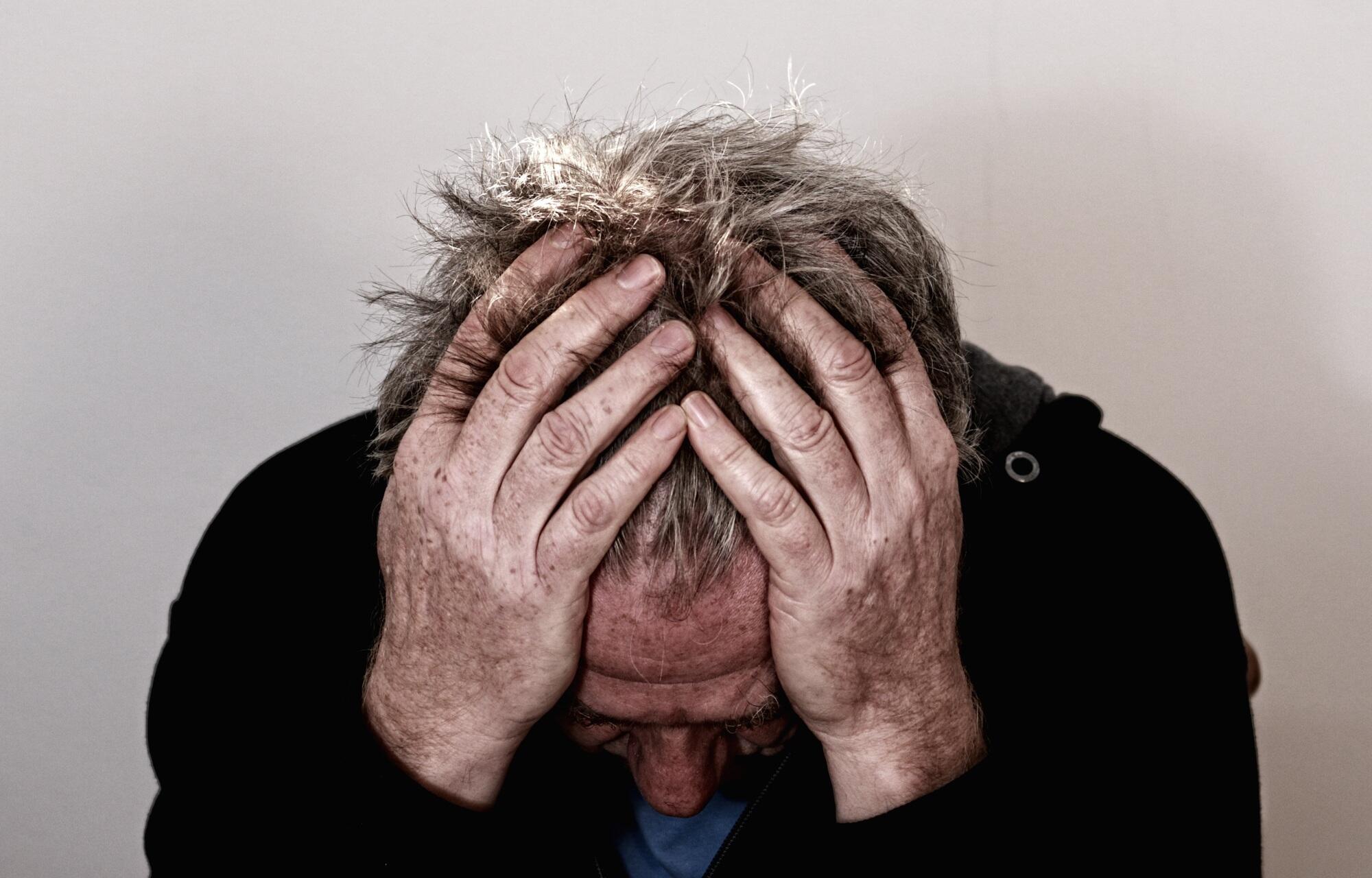
What Is Athlete’s Foot?

Did you know that it’s impossible to prevent athlete’s foot by showering regularly? There are many misconceptions that people hold about athlete’s foot. And contrary to what many people think, there is no reason to fear this condition. As long as you know the right tips and tricks, you can prevent yourself from getting athlete’s foot. However, if you do end up getting it, there are effective treatment options to get rid of it quickly. Have you been wondering, “What is athlete’s foot?”
We’ve written a guide to help you out. Read on, and we will tell you everything you need to know.
What Causes It?
Athlete’s foot is a fungal infection that grows on people’s feet. Fungi are microscopic organisms that live in moist and wet places. Many kinds of fungi naturally exist on your skin, fingernails, and hair.
Even though the fungus that causes athlete’s foot can grow anywhere on your body, it’s more common to find it on your sweaty feet.
You can get it by touching others who have an infection. And if you have the condition and touch your own infected feet, it is possible to transmit it to other areas of your body.
There are several types of places where the fungus tends to grow. This includes wet areas such as pools, changing rooms, and public showers.
You’re more likely to get the condition if you have sweaty feet, and do not change your socks and shoes when damp.
The chances of getting it also increase if you wear tight shoes that aren’t well ventilated. This is why you should be sure to wash and try your feet after wearing rubber boots for an extended period.
Athletes Foot: What It Looks Like
It is common for this to grow on the skin between your toes, on the soles of your feet, the tops of your feet, and along your toenails.
You’ll probably notice a rash on your feet during its early phases. Your skin might be red, gray, or white. You also might see that it’s cracking, thick, and swollen.
Those with severe cases will have blisters filled with fluid. These blisters might break open and create open sores.
It is more common for blisters to form on the soles of your feet. Your feet might also smell bad.
Who Gets Athlete’s Foot?
Anybody can get it. But it is most common for men older than fifty-five to get it. Those who suffer from diabetes or have weakened immune systems are also at risk of getting athlete’s foot.
It is a prevalent condition. In fact, experts say that up to one in ten people has athlete’s foot and that seven in ten people will get it at least once in their lives.
Symptoms
The most common kind of athlete’s foot is a toe web infection. It often infects the skin between the fourth and fifth toes.
A moccasin-type infection spreads across the bottoms of your feet. It might also affect your heels and the edges of your feet.
Your feet may feel sore during the early phases of a moccasin-type infection. The skin will then start to thicken and crack.
It sometimes infects people’s toenails if they don’t treat it quickly enough. If this happens, they will flake off in small pieces.
If you have fluid-filled blisters on your feet, you probably have a vesicular-type infection. It often grows on the soles of people’s feet, but it can also appear on other parts of the feet.
The least common type of athlete’s foot is known as an ulcerative infection. It often creates open sores between people’s toes.
If you have an itchy, scaly rash on your groin, you might have jock itch. Since the same fungus creates jock itch and athlete’s foot, the two conditions are very similar.
Untreated Athlete’s Foot: What Will Happen
It is not likely that athlete’s foot will go away on its own. If you don’t treat it, it might spread to other parts of your body, including your nails.
It is more challenging to treat nail fungal infections because they tend not to respond to treatments.
You might spread athlete’s foot to your hands if you dry off your hands and feet with the same towel.
Remedies and Treatments
If you realize that you have it, you should purchase an over-the-counter or prescription fungal medication. Look for cream, ointment, gel, powder, or spray that contains clotrimazole, miconazole, or terbinafine.
You can also purchase antifungal pills, which usually contain terbinafine, fluconazole, or itraconazole.
Make sure that you correctly follow the medication’s directions. It’s usually necessary to use an antifungal daily for at least several weeks. After that, continue using it, even if it seems your condition has cleared up.
People sometimes use home remedies such as tea tree oil to treat athletes foot, but these might not get rid of it.
What Is Athlete’s Foot?
Are you still wondering, “What is athlete’s foot?” It is essential to understand that it is a fungal infection that grows on people’s feet. If you notice that you have athlete’s foot, you should get treatment right away.
If you are looking for the right medication to treat your athlete’s foot, we are here to help you. Don’t hesitate to check out the athlete’s foot medications that we have for sale.
Related Posts

